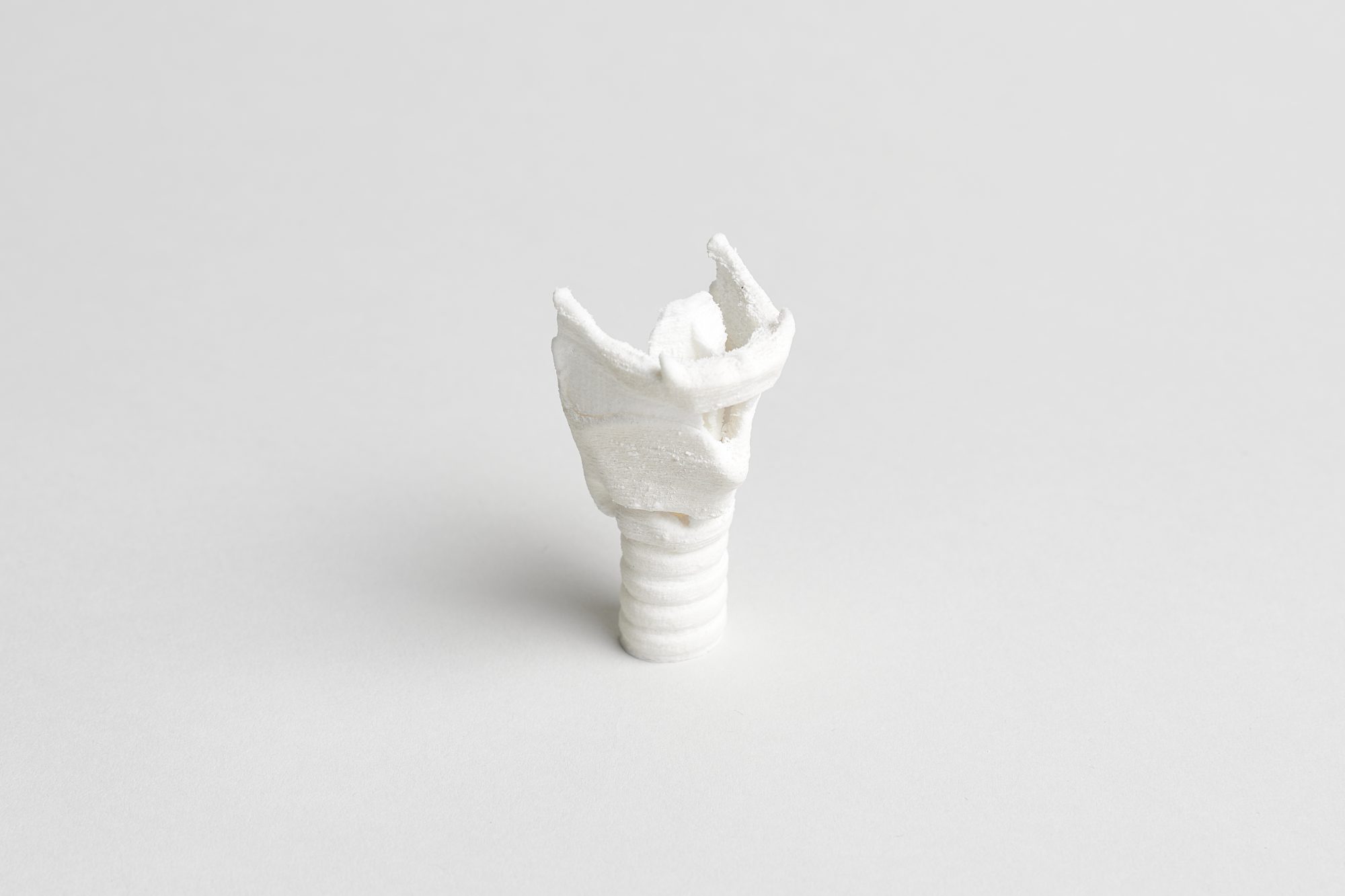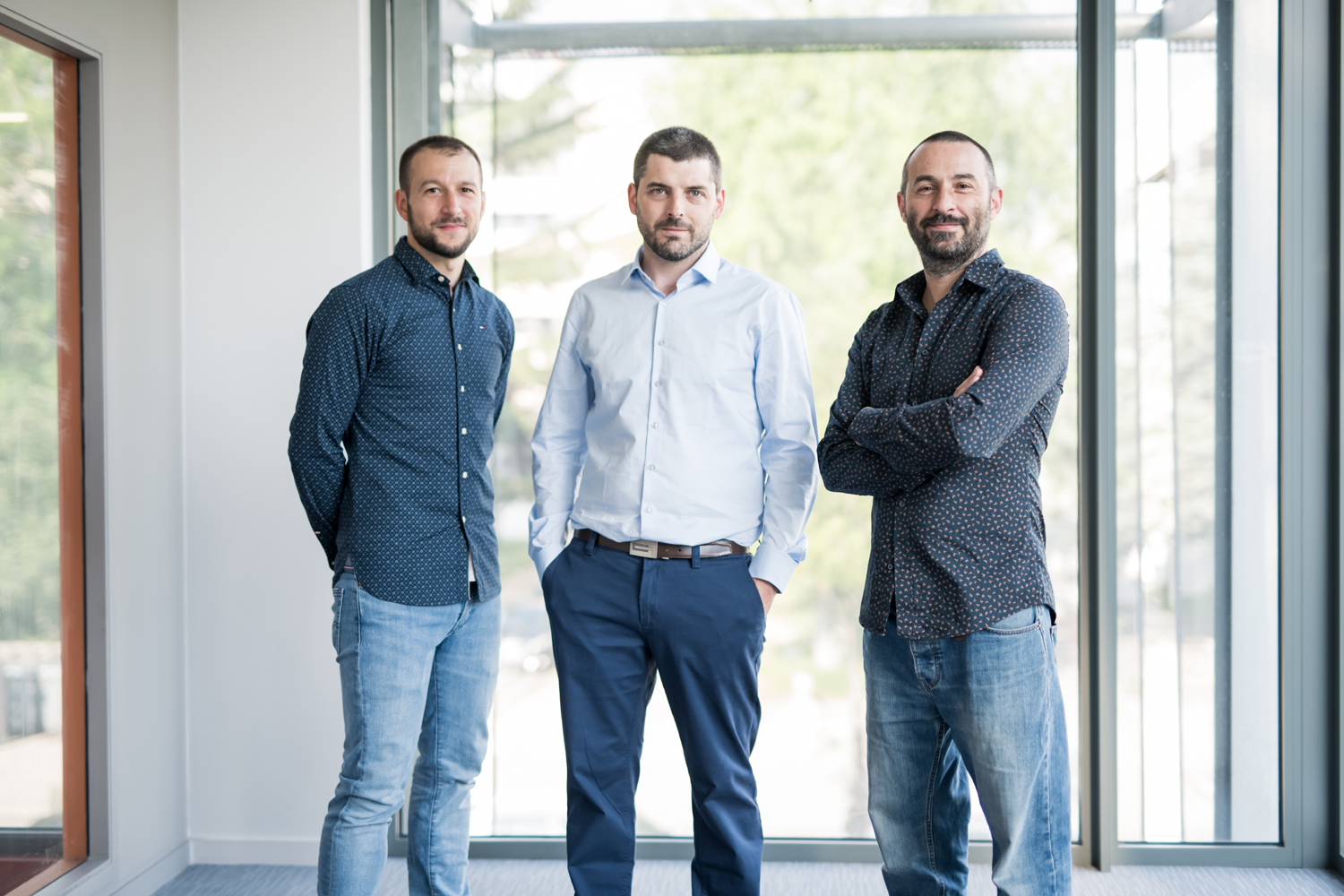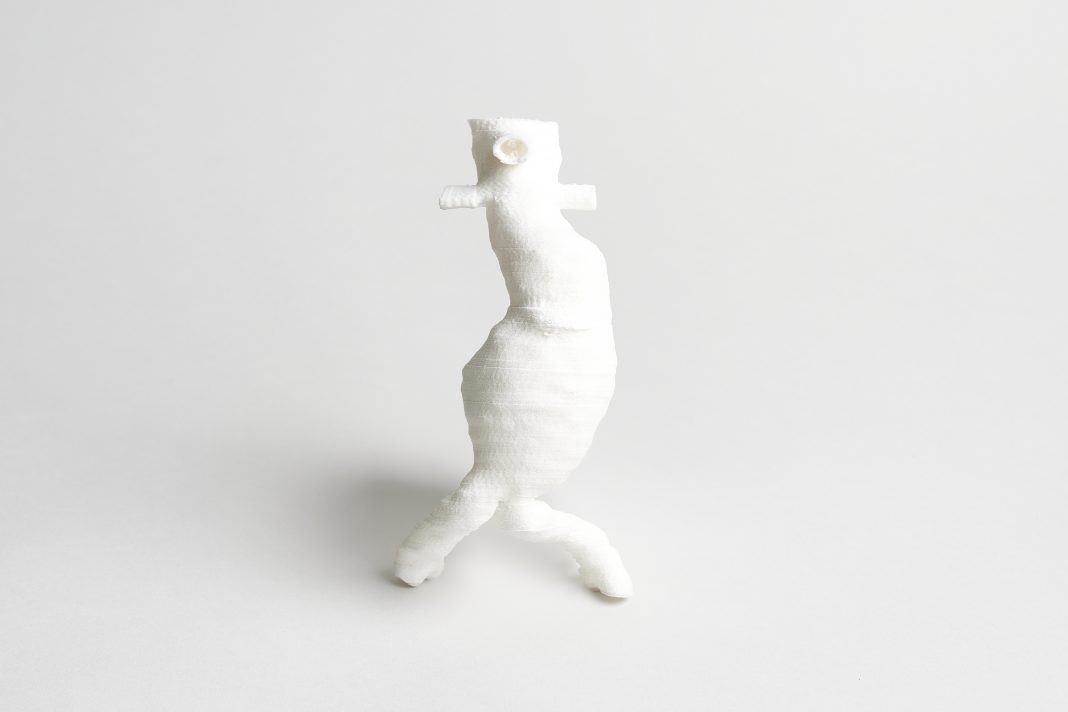3Deus Dynamics has raised €2.5 million for the industrialization of its 3D process, to expand internationally and revolutionize personalized medicine with Dynamic Molding
3Deus Dynamics, a start-up specializing in the development of personalized medical devices made of silicone thanks to its innovative Dynamic Molding process, has just obtained €2.5 million in grants from the European EIC Accelerator program.
This grant will allow the start-up to deploy its process by setting up a first production line dedicated to the manufacture of customized silicone medical devices. This funding will greatly contribute to the development of tomorrow’s personalized medicine while having a positive environmental impact.
3Deus Dynamics, a Deeptech start-up created in 2020 and incubated by PULSALYS, is one of the 78 innovative companies to have been awarded a grant by the EIC Accelerator program in the last wave of winners in December 2022. This European program is one of the most selective and retains only 6% of applications.

Developing the personalized medicine of the future
One of the first markets addressed by 3Deus Dynamics is the healthcare sector for mass customization needs thanks to the manufacturing of patient-specific medical devices in silicone with total freedom of design without chemical reformulation or support structure, excellent mechanical fidelity and durability.
The EIC Accelerator will allow 3Deus Dynamics to continue its breakthrough in this extremely promising market with the implementation of a first integrated production line dedicated to the manufacturing of customized silicone medical devices.
3Deus Dynamics has developed a range of anatomical models (class 1 medical devices) covering all specialities of modern medicine and used for preoperative simulation/planning or validation of medical devices under design.
They are exceptionally flexible, allowing them to mimic the mechanics and morphology of native tissue. These models are waterproof, suturable and perfusable and compatible with the use of medical imaging. They are a responsible alternative to the use of cadavers or animals and allow a return of touch to a specific pathology.
3Deus Dynamics’ Dynamic Molding is also used for the manufacturing of external prostheses/orthoses and higher-class medical devices, which allows a shortening of the R&D and regulatory validation phase, thus drastically reducing the development costs of a medical device and the time to market.
Promising growth prospects in industrial Dynamic Molding
“We are very proud that Dynamic Molding, a process resulting from the research work of the 3d.FAB academic platform (ICBMS: Claude Bernard Lyon 1 University, INSA Lyon, CPE Lyon and CNRS), has been recognized by Europe as strategic. Our teams have worked hard on this ambitious project, which will undoubtedly contribute to tomorrow’s medicine, and this is a great reward for us.
We are also aware that our industry must contribute to the improvement of healthcare while having a positive environmental impact for future generations. That’s why we’ve worked to ensure that Dynamic Molding uses raw materials that are recycled, reusable up to 100 times and recyclable, with the goal of producing more efficiently.
We hope that the EIC will allow us to create new opportunities by encouraging many manufacturers to use Dynamic Molding for the development of their patient-specific medical devices,” says Julien Barthès, CEO of 3Deus Dynamics.
In addition to the healthcare sector, Dynamic Molding is also very attractive for the development of high-value- added composites, particularly in the aeronautics, aerospace and defence sectors. By adapting the nature of the granular medium, it is possible to manufacture flexible materials with additional properties such as conductive, electromagnetic or flame retardant.
The next milestone for 3Deus Dynamics is the achievement of ISO 13485 certification scheduled for June 2023 for the manufacture of class 1 medical devices and the design of all classes of medical devices.
From the beginning, regulatory constraints have been integrated into all processes to meet the requirements of customers in the medical sector. In parallel, 3Deus Dynamics is currently in the process of finalizing its fundraising, always with the aim of becoming a leader in Industry 4.0.
Following this, the next step planned in 2023 is the industrialization of the process to anticipate the hypergrowth through the relocation of the activities in nearly 2000 m2 of industrial premises, a nice step to ensure the scale-up of the process, to accommodate the future machine park and the next recruitments.

Dynamic Molding: a freeform and “zero gravity” 3D printing process
The promise of 3Deus Dynamics: print the impossible. To achieve this, printing is carried out within a controlled granular medium (powder), behaving like a dynamic mold in which the manufacturing materials (inks) are distributed. The granular medium supports the material during printing and is self-repairing after each movement of the print head.
Thanks to this disruptive innovation, all existing viscoelastic manufacturing materials (thermoplastics, elastomers, ceramics…) will have the possibility to be printed without any limitation of the initial properties of the material (rheological, mechanical, kinetic, or solidification/hardening mechanism) but also with unlimited freedom of 3D complexities.
In 2022, the startup is ramping up with the design of a Dynamic Molding 3D printer, the 3Deus Light, integrating the constraints of industrial production.

This work is licensed under Creative Commons Attribution-NonCommercial-NoDerivatives 4.0 International.


